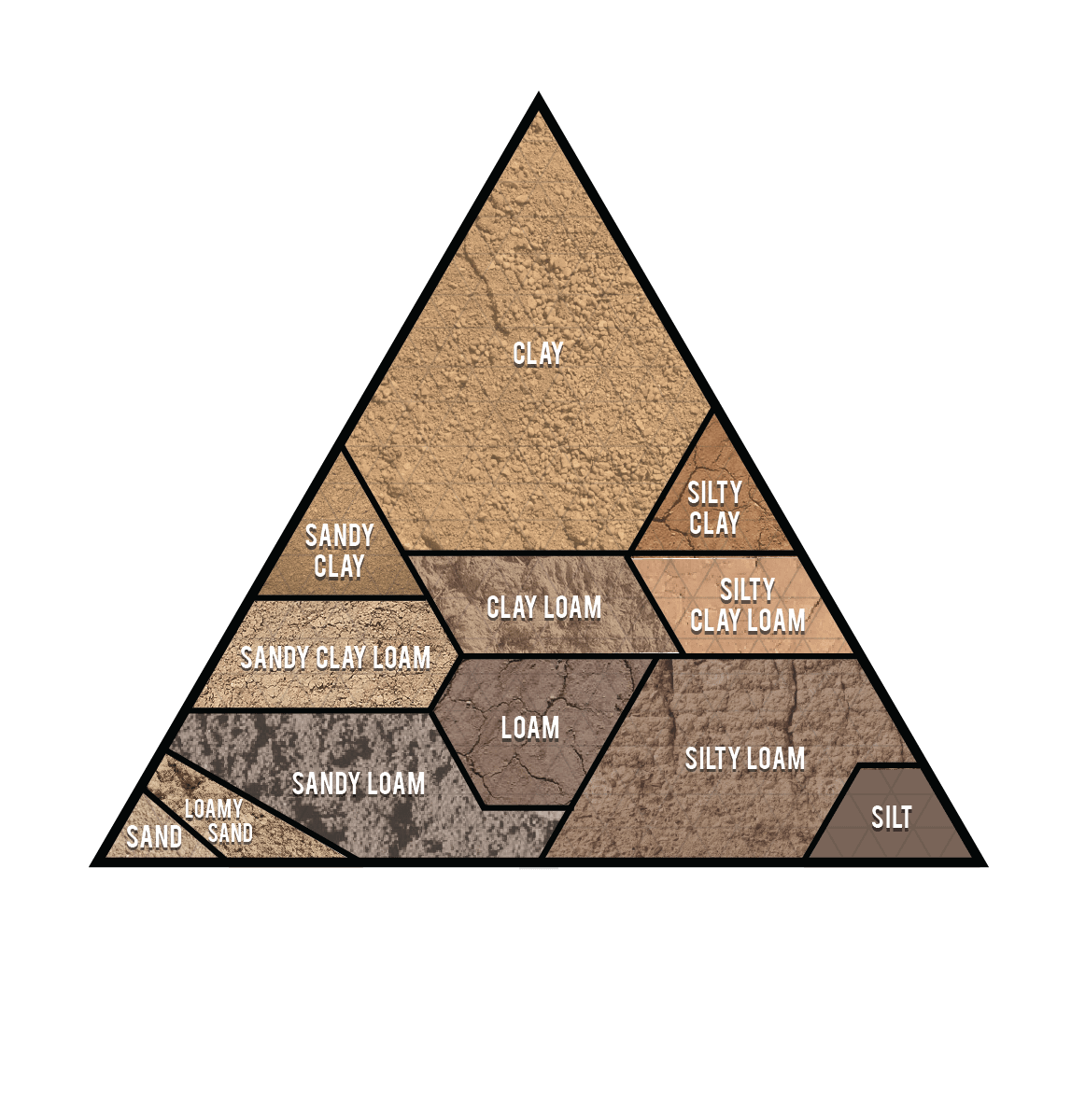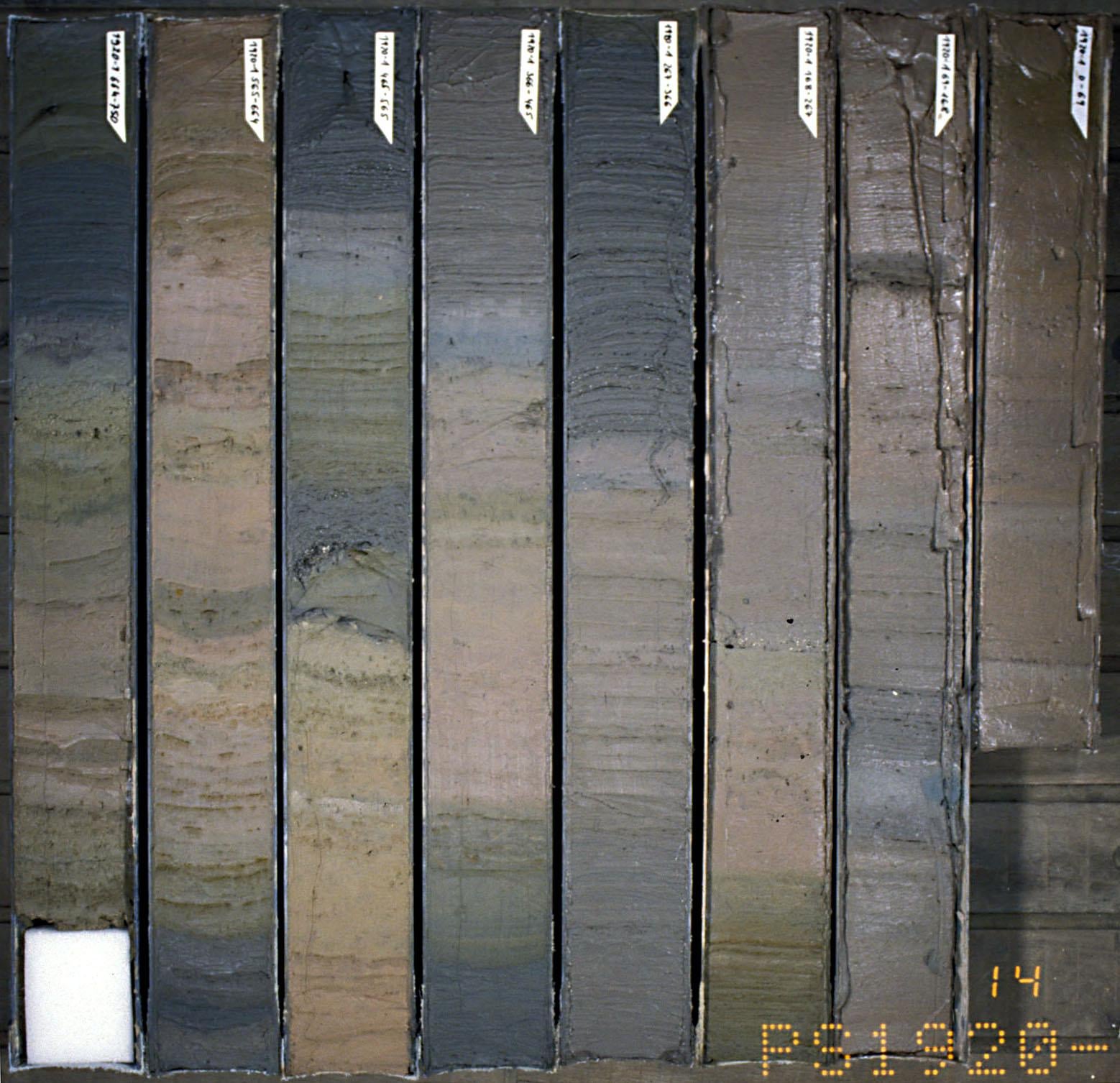Avid gardener/small allotment semi-farmer/ moonlight as a soil scientist (partner is soils, I'm spatial). I wouldn't say I'm a soil scientist but I've published in soils journals. More importantly I've got a hobby vineyard of vanilla and have worked on farms in a wide range of environments. Probably has done more to inform my perspective than anything.
First thing first, just to be clear, it seems like you are looking for more of an editorial perspective? I can code switch over to the pure science side, but realistically, there are things that work and don't work when it comes to hobby gardening. I think it best to stick in that framing, because frankly there is a ton of bad info out there.
So first question first, where are you and what are you trying to grow? I ask this because soil conditions and processes vary widely by latitude, and plants do vary substantially in the requirements.
As far as the specific question: the difference between potting mix and in ground soil, and I'm adding bulk soil purchase. You didn't mention that, but realistically, you can go to the home store and buy soil, take a truck and get a load ( or have it delivered), or grow you own. The differences between soils at a big box store are pretty marginal. You are basically paying a premium for higher nitrogen content soil at the store. I always go for the cheapest, and then also buy some chicken or steer to supplement if I go this way. The next option is to grow your own. Composting waste takes time and you probably don't generate anything near enough to feed even a modest garden, and it takes a ton of work even for that. Finally, there is buying bulk soil. Usually this is a raw mixture of mineral soil, compost and some carbon source. It's usually pretty terrible and has rarely had the time to break down and form the tight sorption that will result in nutrient release. Soils take time to develop, and there is no getting around that. When you purchase bulk soil they usually cheap out on the carbon and nitrogen and it's pretty worthless otherwise.
From a biogeochemistry perspective: it's the carbon dummy! If you want food soils with high water storage and nutrient exchange capacity, you need it to have lots of carbon (in the form of both mineral associated organic matter, and particulate associated). You can buy in PAOM (particulate associated organics), but MAOM (mineral associated organics) is built primarily through root exudates, and that takes time. Good soil is all about the carbon, but also about what form that carbon takes. It's the MAOM that is going to help things like phosphorus become available, but it's the PAOM that's going to buffer the plant available water and smooth out water availability between irrigations.
Realistically, the best soil is the stuff you grow, but that's just too slow for most growers. I do extremely deep layers of mulch (30 cm) to prevent weeds, but it's also a way for me to grow more soil very lazily. I also buy lots and lots of soil (at least 1k US per year). I buy both immature bulk soil ( 2-5 cubic meters at a time) and big box store soil (5-50 bags at a time). The immature stuff is crap, but it's cheap. It's basically useless for almost 2 years until it's become more mature.The bagged soil is fine to work with right away, but you need to supplement it for nutrients if you don't want to break the bank. Neither are remotely as good as a well developed in ground soil, but that takes decades.
Maybe if you can let us know where you are in your process thT can inform the discussion.

